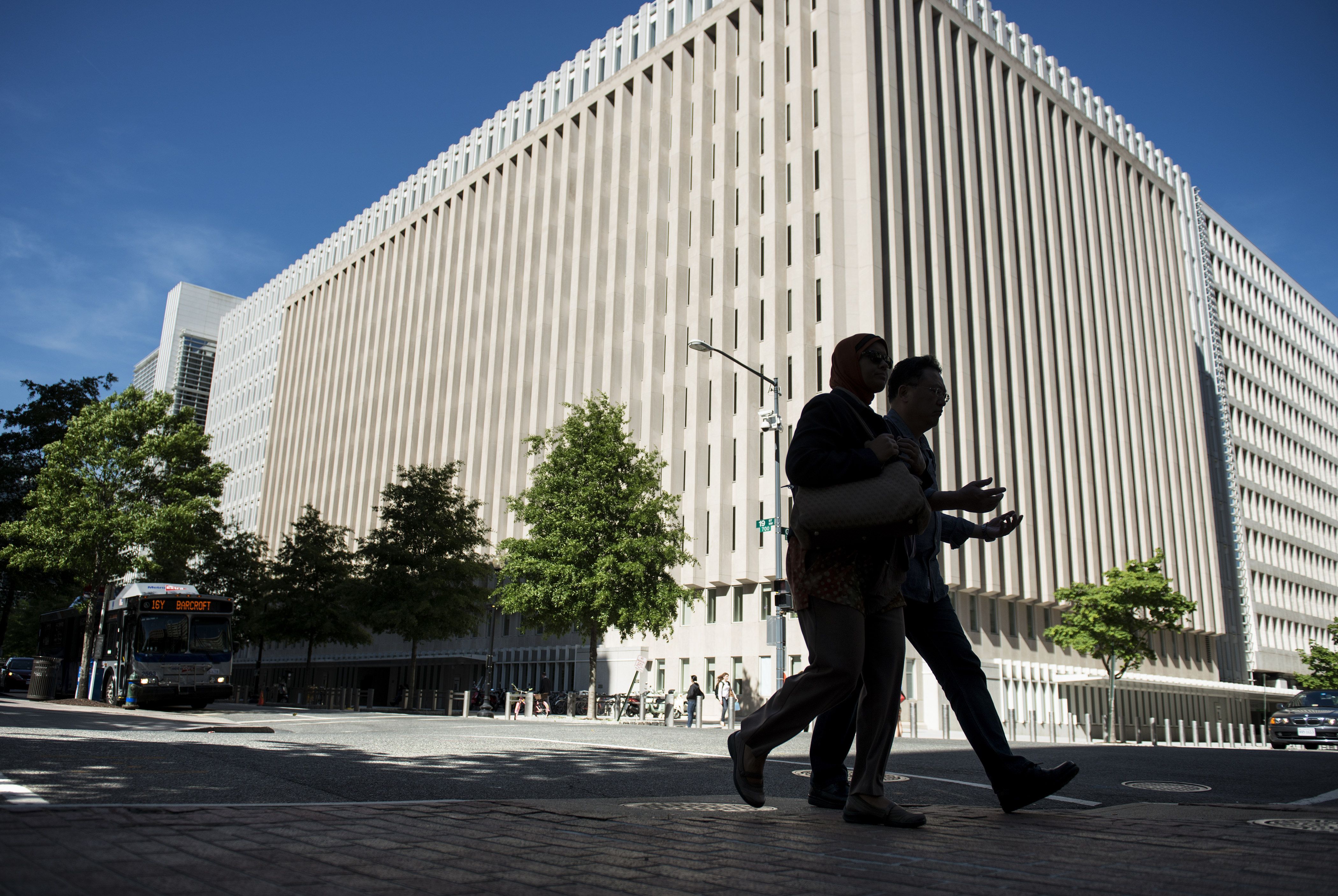
Economic growth in Western Balkan countries in 2017 was lower than in the previous year as a consequence of political instability, unfavourable climate conditions, and a decline in investments in the region, the World Bank said on Wednesday in Sarajevo.
According to data in the World Bank's semi-annual Western Balkans Regular Economic Report, the average 2017 GDP growth in six territories tracked by the report (Bosnia and Herzegovina, Serbia, Montenegro, Macedonia, Albania and Kosovo) was 2.4 percent, down from 3.1 percent in 2016.
In the report, World Bank's analysts said they expected GDP growth to improve and reach 3.2 percent in 2018, and to continue rising to 3.5 percent in 2019 if the ongoing economic upswing continues.
World Bank Regional Director for the Western Balkans, Linda Van Gelder, said that achieving the expected growth rates will primarily depend on whether those countries would adopt policies necessary to reduce sensitivity to economic shocks and support economic growth.
Earlier World Bank estimates had predicted a 2.6 percent GDP growth in 2017, and the lower results were attributed to external conditions such as an unusually harsh winter which caused increased import of electricity, as well as a lower than expected growth in Serbia, which only had a modest 1.9 percent growth of GDP, in spite of being the biggest in the region.
Serbia's slower economic growth was attributed to last year's droughts and a harsh winter, which have combined to result in poor performance in agriculture, as well as increased import of electricity.
Macedonia's GDP was stagnant, with 0 percent growth, as a direct consequence of political instability chasing away potential investors, although this is expected to improve after a stable government is formed, so the country's GDP is expected to grow by 3.2 percent in 2018.
In Bosnia and Herzegovina GDP grew by 3 percent in 2017, in Montenegro by 4.3 percent and in Kosovo by 4.4 percent.
The positive outlook is based on the estimates that Serbia and Macedonia's economies should gradually recover, that investments in Bosnia and Herzegovina and Kosovo will increase, and that the fiscal consolidation launched in Montenegro would continue.
World Bank analysts also noted an increase in region's employment levels. In 2017 unemployment across the region dropped by 5.6 percentage points compared to 2016, and in the first nine months of 2017 some 190,000 new jobs were created.
Region's GDP growth could potentially reach as high as 5 percent per year, but only if structural reforms are implemented more resolutely, which would also result in the countries' faster integration with the European Union, the World Bank 's Chief Analyst for Bosnia and Herzegovina, Sandra Hlivnjak, said at a news conference on Wednesday.
Kakvo je tvoje mišljenje o ovome?
Pridruži se raspravi ili pročitaj komentare



 Srbija
Srbija
 Bosna i Hercegovina
Bosna i Hercegovina
 Slovenija
Slovenija







